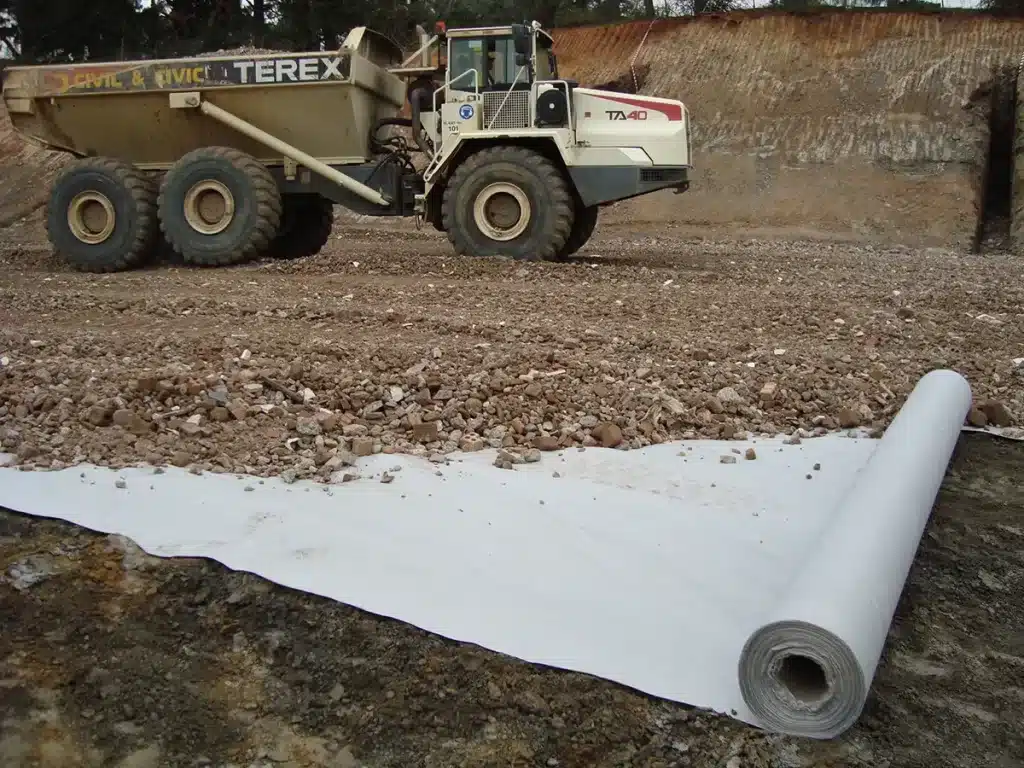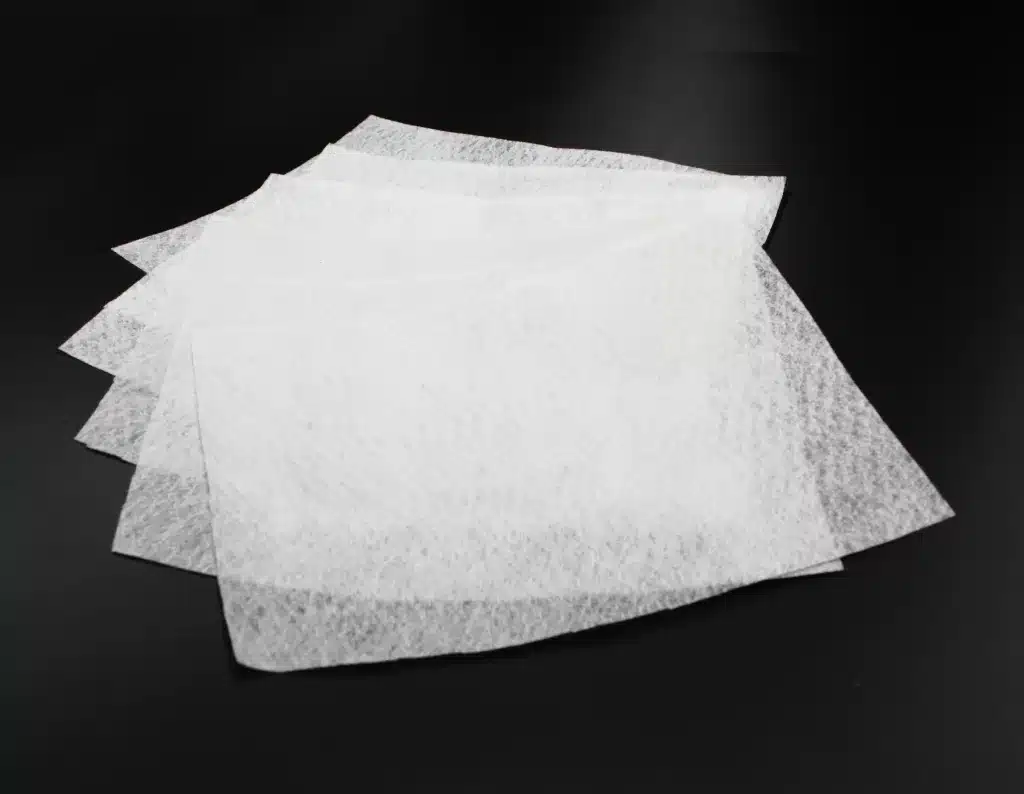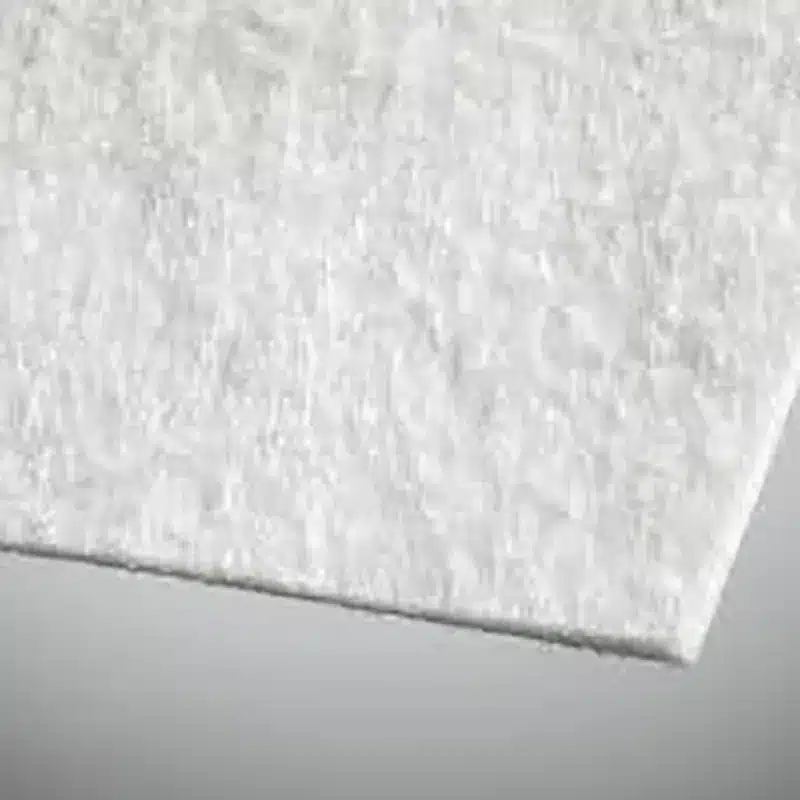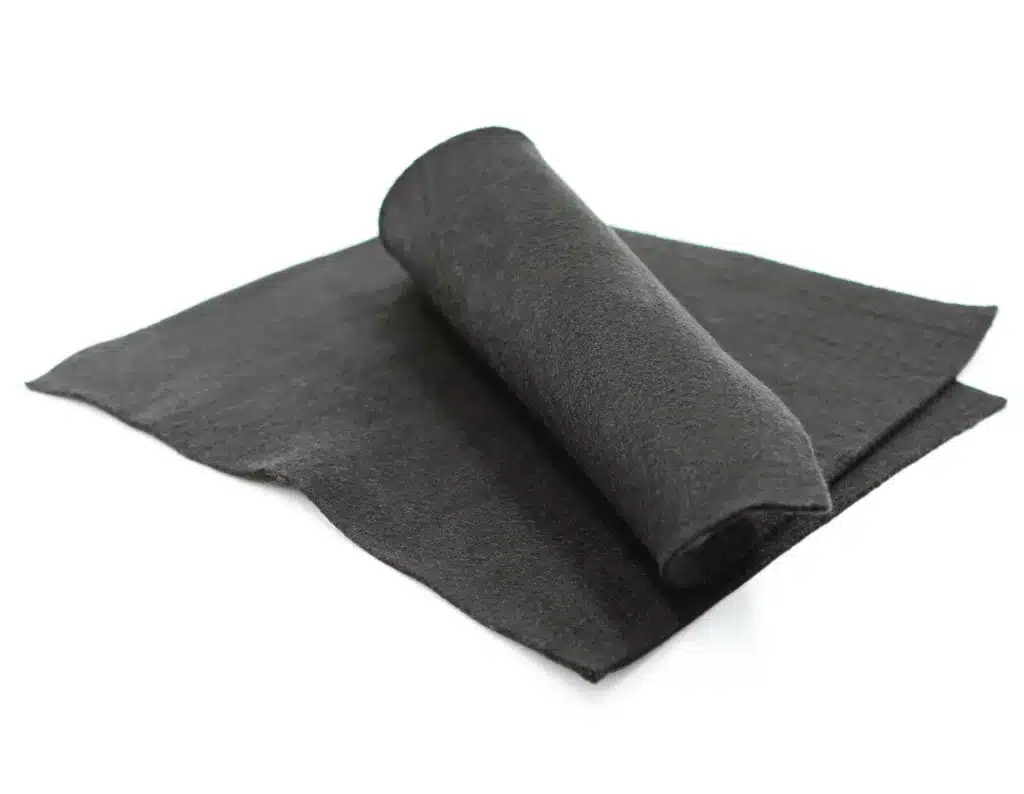Geotextile Road Underlayment: Enhancing Road Durability and Performance
Geotextile road underlayment plays a crucial role in modern road construction, significantly enhancing the durability and longevity of roadways. These engineered fabrics are designed to provide separation, filtration, drainage, and reinforcement, ensuring that the roads we travel on can withstand the demands of heavy traffic and challenging environmental conditions. In this article, we’ll explore the importance of geotextile underlayment in road construction, how it compares to geomembranes, its key benefits, and its proper installation practices.
Why is geotextile used in road construction?
Geotextile is used in road construction primarily to provide separation, filtration, drainage, and reinforcement. It is also used to fill gaps between the roads to improve soil structure. When placed between the subgrade soil and the road’s aggregate layer, geotextile prevents the mixing of these materials, which helps maintain the structural integrity of the road. Additionally, geotextiles allow water to pass through while preventing the passage of soil particles, thus facilitating proper drainage and reducing the risk of road degradation due to water accumulation. This, in turn, enhances the road’s durability and reduces maintenance costs.

What is the difference between geotextile and geomembrane in highway construction?
While both geotextiles and geomembranes are used in highway construction, they serve different purposes. The geomembrane is made of high-density polyethylene, which is used to prevent seepage, while the geotextile is made of non-woven fabric. Geotextiles are permeable fabrics that allow for the passage of water while providing filtration and reinforcement. They are commonly used for separation, drainage, and soil stabilization. Geomembranes, on the other hand, are impermeable barriers designed to prevent the passage of liquids and gases. In highway construction, geomembranes are often used as liners in landfills or as waterproofing barriers in areas where water infiltration must be completely prevented.
What is the benefit of geotextile?
The primary benefit of geotextile in road construction is its ability to enhance the performance and lifespan of the roadway through soil stabilization, erosion control, and drainage improvement. By preventing the intermixing of subgrade soil and aggregate layers, geotextiles contribute to the separation and filtration processes that help maintain the road’s structural stability. They also improve drainage, reducing water-related damage, and the likelihood of potholes, or road failures. Additionally, geotextiles provide protection and reinforcement by distributing loads more evenly, which minimizes the risk of rutting and deformation under heavy traffic. This cost-effective approach also promotes environmental sustainability by prolonging the durability of the infrastructure.
Should geotextiles be in contact with the ground?
Yes, geotextiles should be in contact with the ground when used in road construction. If there is no contact, the material will not hold the soil, and erosion will occur underneath the material. When properly installed between the subgrade and aggregate layers, geotextiles provide a stable interface that prevents the migration of fine soil particles into the aggregate base. This contact is essential for effective separation, filtration, and drainage, ensuring that the geotextile performs its intended functions and contributes to the overall durability of the road.
Geotextile road underlayment is a vital component in modern road construction, offering significant benefits in terms of separation, drainage, and reinforcement. By understanding the differences between geotextiles and geomembranes, as well as the importance of proper installation, road builders can ensure the longevity and performance of roadways. Whether preventing soil intermixing or facilitating drainage, geotextiles play a crucial role in maintaining the integrity of our transportation infrastructure.



Comments
Post a Comment